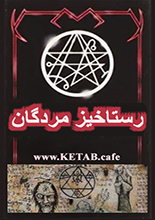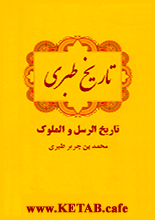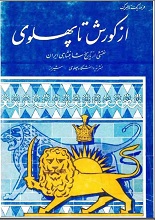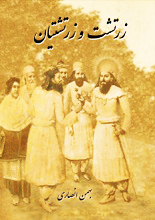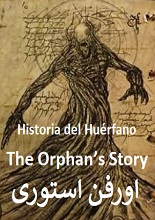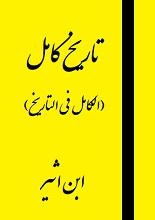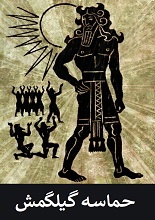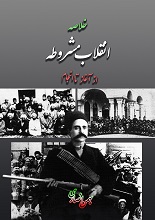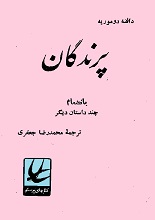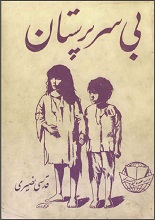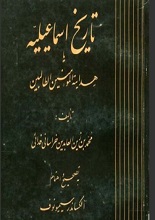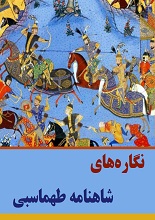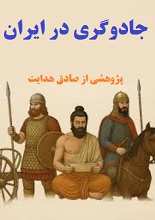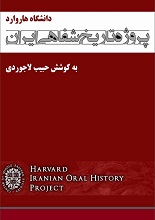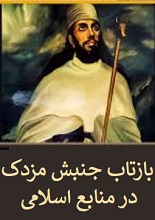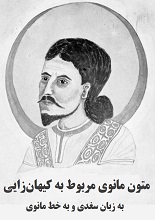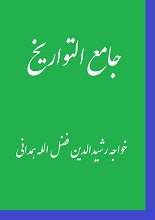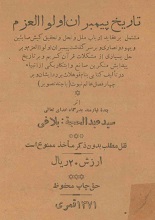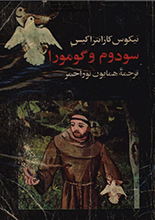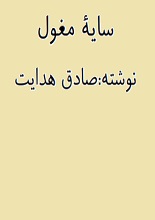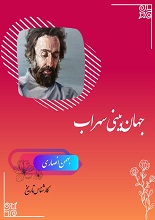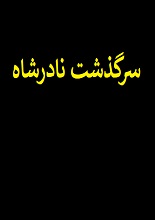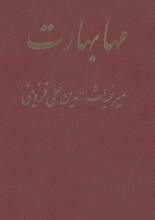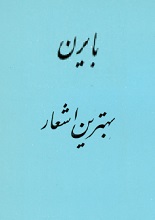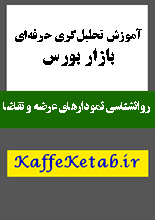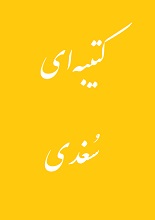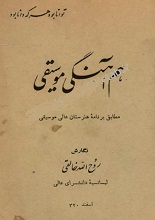Encyclopedia of the Peoples of AFRICA AND THE MIDDLE EAST is a book by Jamie Stokes, Anthony Gorman and Andrew Newman.
Introduction of Encyclopedia of the Peoples of AFRICA AND THE MIDDLE EAST
Encyclopedia of the Peoples of Africa and the Middle East contains more than 850 alphabetically arranged entries addressing all of the major present-day and historical peoples of Africa and the Middle East as well as many of the most significant historical and present-day minor peoples. A typical entry begins with the name of the people in bold type (for example: Babylonians). In some cases commonly used alternative names or alternative spellings are also given in brackets (for example: Baggara (Baqqara)). Where an entry refers to a nationality, it takes the following form: Bahrainis: nationality (people of Bahrain).
In addition to these entries there are cross-references interspersed between these entries. These cross-reference entries are for alternative names of peoples that appear elsewhere in this work. For the most part these alternative names are the result of alternative spellings produced by differing methods of transliteration into English. For example, the cross-reference entry Baganda See Ganda informs the reader who may be searching for an article on the Baganda that, in this work, these people are referred to as the Ganda. The alternative names cross-referenced in this way represent the most common alternative forms, but there may be others not represented here. A reader unable to locate a particular people is recommended to consult the index or to refer to the nationality entry for the nation in which that people lives. Cross-references are also given within the body of entries. The first time a people who have a separate entry within this work are mentioned within the body of another entry their name is set in small capitals (for example: Fulani). In some cases cross-references are also given in brackets within the body of an entry (for example: (see Kuwaitis: nationality)). African peoples present a particular challenge within the structure of this work. In many cases African peoples with distinct histories and cultures have become part of much larger nationality groupings in recent history as the former colonial territories in which they lived have become independent nations. In these cases the reader will often be referred to the relevant nationality entry (for example (see also Ugandans: nationality)). There are three different kinds of entry in Encyclopedia of the Peoples of Africa and the Middle East. These may be referred to as long entries, short entries, and nationality entries. Short entries are the simplest in structure consisting of a title and up to about 1,000 words of continuous text with no subsections. Long entries have several additional elements and are divided into subsections. These additional elements are a fact box, a time line, and in some cases maps and illustrations.
The fact box, located on the margin of the page close to the start of every long entry, has four elements: location, time period, ancestry, and language. Location refers to the geographical area that may be regarded as the homeland of the people in question. In some cases, where the people are widespread, a general geographical region may be given; in others a nation or a particular region within a nation or nations is given. In the case of historical peoples, modern geographical names rather than historical names are given.
Time period refers to the span of time discussed in the body of the entry for that people. Ancestry and language refer to the broader ethnic and linguistic families to which this particular people belong. In some cases these will be the same term, for example Semitic or Bantu. The time line that accompanies long entries gives the reader a broad overview of the important events in the history of that particular people.
Once again, in the case of some African peoples, the time line may refer the reader to the relevant nationality entry after the point at which that people became part of an independent nation. The main body of the text of long entries is divided into four main sections: Origins, Language, History, and Culture. The Culture section is usually further divided into subsections such as Economy, Government and Society, Military Practices, Dwellings and Architecture, Clothing, Personal Habits, Transportation, Other Technologies, Art, Music, Literature, and Religion. Only the longest entries on major peoples, such as the Arabs or the Kurds, will have all of these subsections. The History section is also frequently divided into subsections in the most extensive entries.
The nationality entries in this work have a different structure from the general long entries. All nationality entries have a fact box and a time line. These fact boxes feature the name of the people, the short and long name of their nation, the derivation of this name (where known), the form of government current in that nation, the capital of the nation, the language or languages spoken, the religions followed byits inhabitants, any known earlier inhabitants of the area now within the borders of the nation, and its current demographics.
The short and long names given for nations in this fact box are given in their English form first. In some cases other languages are commonly used and these are also given in brackets; for example Ivory Coast (Cote d’Ivoire). The derivation of the names of nations is very often uncertain, with several competing theories. In these cases the most widely accepted derivation is given. The languages cited include the official language or languages of the nation as well as other languages spoken by significant minorities. The reader should note that, although the official language or languages are given first, these are not always the most widely spoken languages in these nations. The religious and demographic breakdown given in these fact boxes are, of necessity, sometimes estimates rather than certain figures based on census information. Accurate figures for these measures are often unavailable for nations that have suffered economic or political upheaval in recent years.
The main body of the text for nationality entries is divided into sections, but these differ from the sections in the general long entries. The three principal sections are: Geography, Inception as a Nation, and Cultural Identity. The Geography section describes the general geographical location of the nation, its area, its borders with other nations, a broad outline of its topography and types of natural vegetation, and its principal geographical features such as major rivers, mountain ranges, coastlines, lakes, deserts, and islands. The Inception as a Nation section describes the earliest known human history of the territory within the present-day borders of the nation and the major peoples, civilizations, kingdoms, or empires that have existed in that territory up until the point in history where the nation as it exists today can he said to have begun. In the case of African nations and some Middle Eastern nations that became independent from colonial rule in the 20th century, the date of inception as a nation is simple to determine. In other cases this section ends at the point in history where the current form of government or the current borders became established. The Cultural Identity section gives an overview of the main historical themes that have shaped the nation and considers questions of ethnic relations, national identity, and unique cultural phenomena.
In addition to the fact boxes and time lines given for both long and nationality entries some entries also have a sidebar that gives a more detailed biography of a significant individual in the history of that people or nationality.
Contents
- List of Entries
- List of Illustrations and Maps
- Preface
- How to Use This Set
- Acknowledgments and Contributors
- Entries A to Z
- Appendix I: List of Individuals Featured in Biographical Sidebars
- Appendix II: The Geography of Africa
- Appendix III: The Geography of the Middle East
- Appendix IV: The Earliest Humans
- Appendix V: Chronology of African and Middle Eastern Prehistory and History
- Appendix VI: Glossary of Cultural Terms
- Bibliography
Download PDF eBook
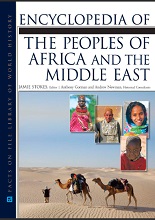
برای دانلود این کتاب، ابتدا باید عضو سایت بشوید.
پس از عضویت، لینک دانلود این کتاب و همهی کتابهای سایت برای شما فعال میشوند.
(قبلا عضو شدهاید؟ وارد شوید)
